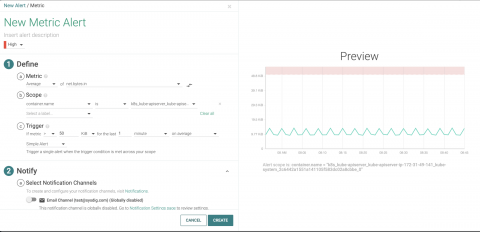Vulnerability Management: Myths, Misconceptions and Mitigating Risk
Vulnerability Management is a much-talked-about practice in the IT security industry. Whether it is the debate on vulnerability scoring, how to implement a suitable vulnerability management program based on your own resources or even trying to convince leadership a vulnerability management solution alone won’t solve all your cybersecurity issues, the debate is still strong.







